Given that the Speedmaster is the official flight-qualified watch of NASA and holds claim to the title of being the first timepiece worn on the surface of the moon, it’s easy to understand why watch collecting cognoscenti insist that every watch enthusiast should make a point of experiencing a Moonwatch in-the-metal. To that point, the Speedmaster has become the de facto answer to the age-old question “which Omega should I buy?”
Omega has continuously asserted itself as one of the industry’s most prominent luxury manufacturers and the Speedmaster line has evolved into an incredibly varied collection of chronographs. And while there are now Speedmaster models crafted from materials spanning solid gold to colored ceramic – many of which offer self-winding movements and additional features and complications – Omega still produces a version of the classic stainless steel Moonwatch that features a manually-wound movement and a Hesalite crystal, just like the original model that went to the moon more than fifty years ago.
Unsurprisingly, the price point of these classic Moonwatch models is significantly below their more advanced and luxurious Speedmaster siblings. However, despite being one of the least expensive Speedmaster models available, the standard, entry-level Moonwatch remains the go-to option for both first time buyers and seasoned collectors alike. There aren’t many instances where a brand’s flagship model is also among its most affordable and accessible staple offerings, which begs the question has the Moonwatch become a glass ceiling for Omega?

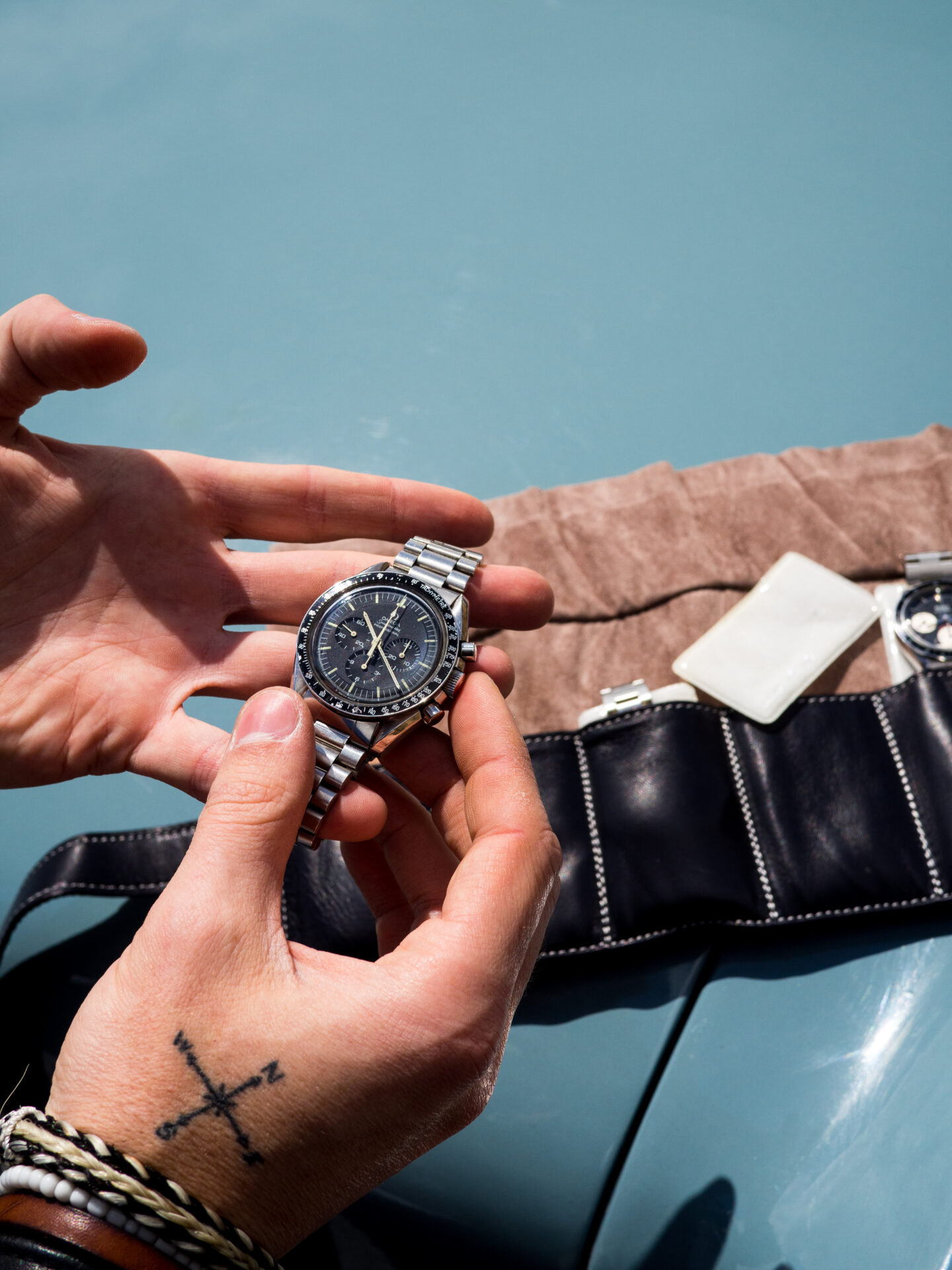

Omega‘s catalog is full of noteworthy pieces, but none of them can match the enduring fame of the Omega Speedmaster. Ever since its first lunar excursion in 1969, the Speedmaster has captured the minds of not just watch collectors, but fans of space exploration, and not even the official watches of latter year James Bond – the Seamaster – have been able to unseat it from its throne. The Speedmaster Moonwatch is indeed the sun around which the Omega solar system of watches orbits. Few timepieces have a pedigree as prestigious and downright intriguing as the Moonwatch, and being an integral part of the kit used for manned space flight offers a degree of real-world/out-of-this-world credibility that is nearly without peer in the watch world.
Part of the appeal surrounding the Omega Speedmaster is that NASA’s astronauts used standard-production versions of the watch, rather than custom-manufactured or bespoke NASA-exclusive variants. These watches were the full-fat version of the ones the astronauts wore, not some watered-down consumer version! For comparison, the Omega Ultra Deep currently holds the record for functioning further below the surface of the ocean deeper than any other timepiece. However, the unit that actually achieved the record was a prototype creation that was absolutely unwearable on a human wrist, and was built to be strapped to the outside of a submersible. So while the technology remains important and relevant, the actual Ultra Deep is, by definition, not a wristwatch. The version of the Ultra Deep that is sold to the public is still capable of diving far further than any human ever could, but it simply isn’t built to the same specifications as the mission-used model and there’s something lost in that somehow. The owner’s imagination is asked to work harder.
However, when it comes to the Omega Speedmaster, the watch was designed and produced long before it ever appeared on NASA’s radar. Despite originally being designed for motor racing, the Speedmaster was so exceptionally capable that it was perfectly-suited for space travel in its standard-production form. When someone buys a classic Moonwatch, they are buying a piece of history, they’re buying the dream of space flight, and the exact same model that was worn aboard the International Space Station is available to be worn on the wrists of terrestrially-bound commoners at the International House of Pancakes. That history alone has given the Speedmaster widespread recognition that has transcended the collector and enthusiast community, and that alone consistently makes it the crown jewel of Omega’s catalog.

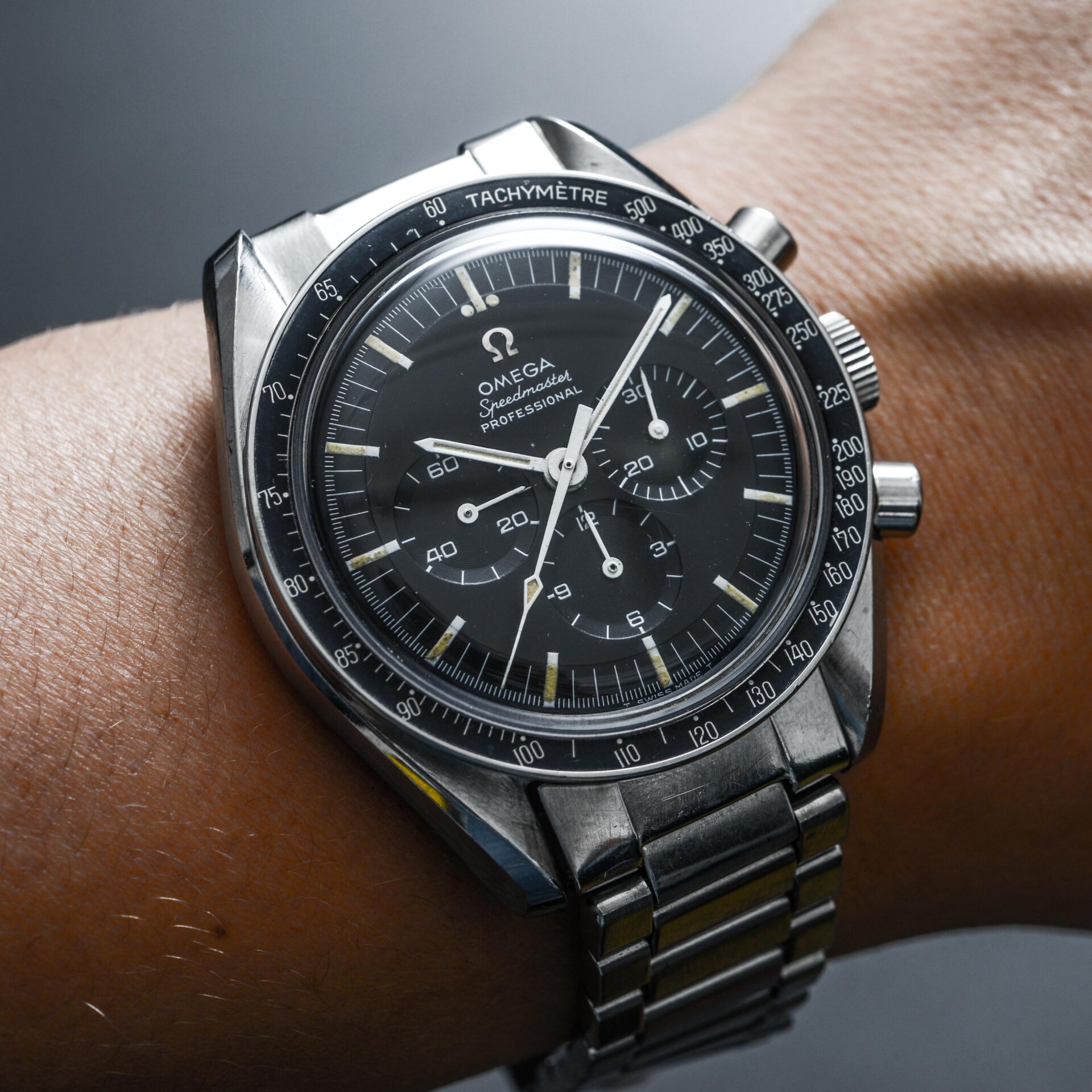
A brand-new Omega Speedmaster Moonwatch currently starts at $6,000 USD. While that is by no means an insignificant sum of money, it does represent a relative bargain within Omega’s contemporary catalog – and even within the greater category of Swiss-Made mechanical chronographs.
Within Omega’s offerings alone, the standard 39mm time-and-date Constellation Globemaster in stainless steel has an official retail price of $6,900 when purchased on a strap (and it’s $7,200 if you want it on a bracelet). Similarly, the entry-level Seamaster Diver 300M, which might be one of Omega’s most aggressively-priced models, has an official starting price of $5,100 and considering the increased complexity of the Speedmaster’s mechanical chronograph movement – a difference of just $900 seems fairly reasonable.
When it comes to the greater category of Swiss-Made mechanical chronograph watches, there exists somewhat of a price floor around the $1,500 to $2,000 range for offerings from the major big-name brands. Retail prices for a Tudor Black Bay Chrono start at $5,000, while even a Hamilton Intra-Matic retails for $2,195. Considering that the budget-friendly Tissot PRX Chronograph has an official list price of $1,750, paying $6k for the Omega Moonwatch doesn’t seem all that unreasonable – especially considering that the Speedmaster is most frequently compared to the Rolex Daytona, which has become nearly unattainable and retails for $14,550 and trades on the open market for values around three times that list price!
In regards to the greater Omega Speedmaster collection, there’s the Moonwatch, and then there’s the rest. Without a doubt, the Moonwatch is the range’s poster child and the brand’s hero. However, most of the other Speedmaster models are actually positioned well-above the classic Moonwatch when it comes to features, materials, movements, and price points.
For example, retail prices for the self-winding Speedmaster Racing models start at $8,495, while the manual-wind Speedmaster ‘57 watches are positioned similarly with an entry price of $8,300. Alternatively, if you want one of the various Dark Side of the Moon models, with their colored ceramic cases, you will be looking at spending closer to $12,000 – meaning the Moonwatch is actually one of the most affordable Speedmaster models that Omega currently produces. As a simple stainless steel watch fitted with a Hesalite (plastic) crystal and powered by a manual-wind chronograph movement (without the additional functionality of a date display), it simply makes sense for the Moonwatch to be one of the more affordable Speedmaster models. And Omega should ultimately be commended for resisting the urge to arbitrarily increase its price, because they absolutely could based on popularity and its heritage alone!
However, given that the classic Moonwatch is exponentially more famous than all of its Speedmaster siblings, it is undeniably a bit unusual to see it priced thousands of dollars less than most of the other models that make up the current Speedmaster collection. It’s a bit like having the flagship dish at a famous restaurant be the least expensive entree on the menu, or if Porsche were to offer the 911 Carrera at the same price as a Cayman. For buyers who want an undisputed icon from a blue chip manufacturer, this pricing structure works out incredibly well. However, when you can get the same version of the Speedmaster that is NASA-approved and actually went to space for $6k, there isn’t all that much incentive to opt for one of the premium models that costs significantly more and isn’t nearly as recognizable or accompanied by as prestigious of a heritage. Why pay more when you can get the icon for less?
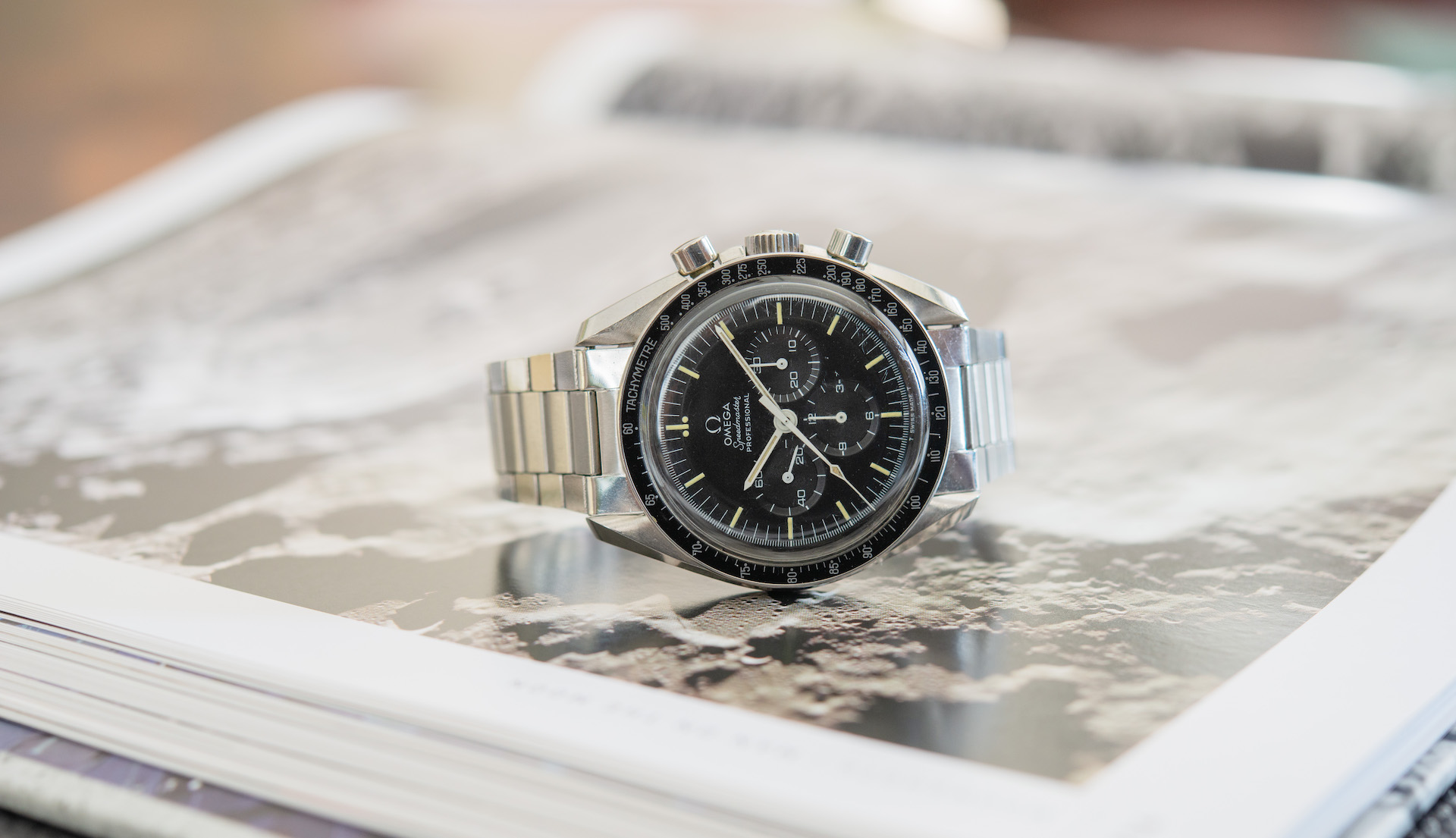
For the passionate horology nerd, the Speedmaster is likely going to be the go-to choice from Omega’s catalog, unless the person simply dislikes it’s aesthetic (can’t buy taste, can you?) or core functionality. Similarly, the person who wants an Omega because it’s a well-known luxury watch brand is also likely to be interested in the Speedmaster, if for no other reason than because it is Omega’s highest profile model.
The classic stainless steel Moonwatch is a living legend from the golden era of the mechanical tool watches, and it’s easy to see why the model is often considered the obvious choice for people who are interested in buying a watch from Omega. Unlike the Rolex Daytona or Audemars Piguet Royal Oak, you can actually buy an Omega Speedmaster Moonwatch brand-new from your local authorized retailer without getting on a waiting list or paying multiple times its retail price to secure one on the secondary market. Omega seems to have no problem keeping up with demand for the classic Moonwatch, and given the number of people interested in owning one, there is no way to consider it anything but a massive commercial success for the brand. And while other brands have started to release vintage-inspired pieces to keep up with the vintage market’s impact, Omega has always kept its staple Moonwatch available. In fact, Omega’s only real problem with the classic Speedmaster is that it isn’t more expensive, because its historically accessible price point has made it harder for Omega to produce more expensive watches. But that’s Omega’s problem, not yours.
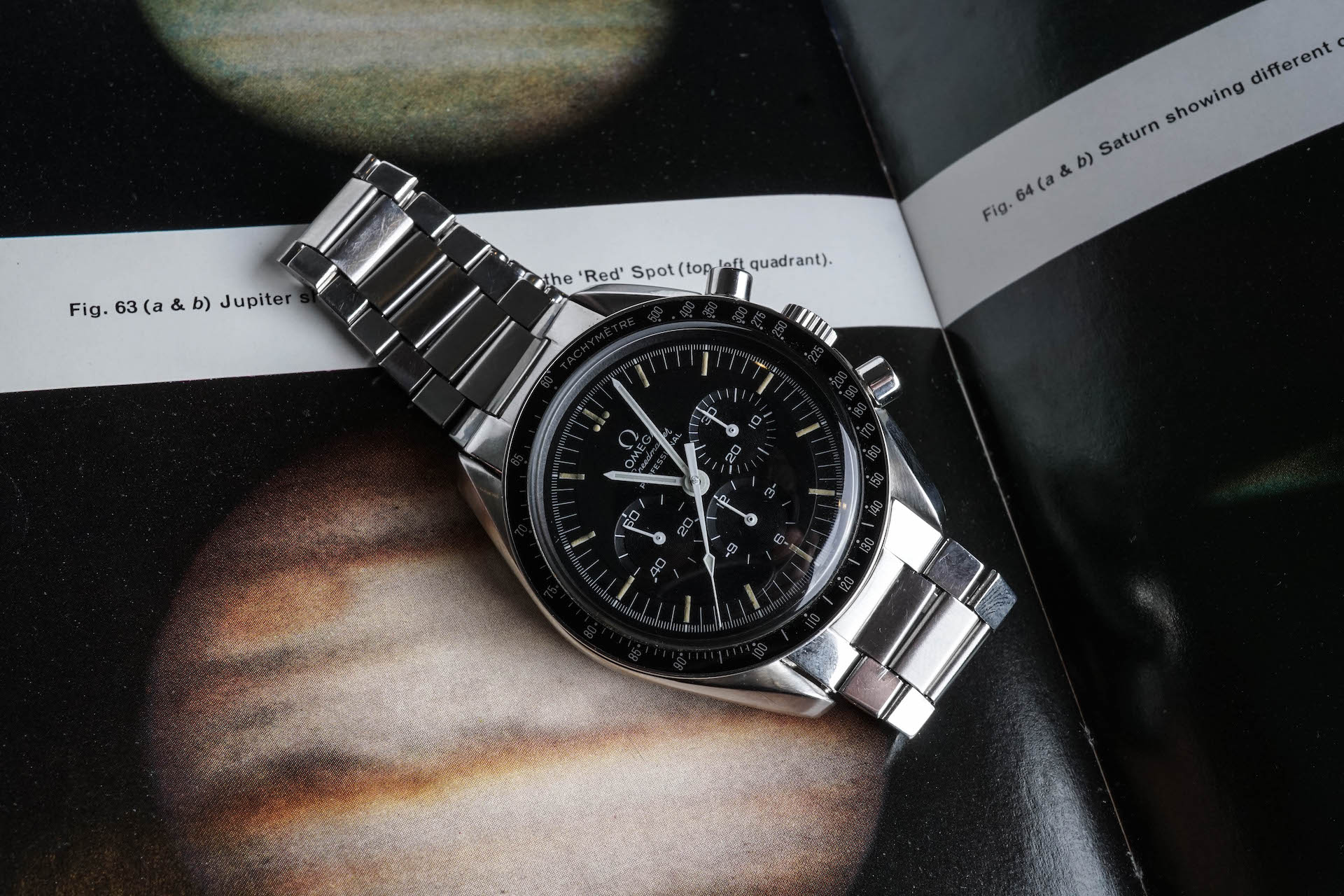
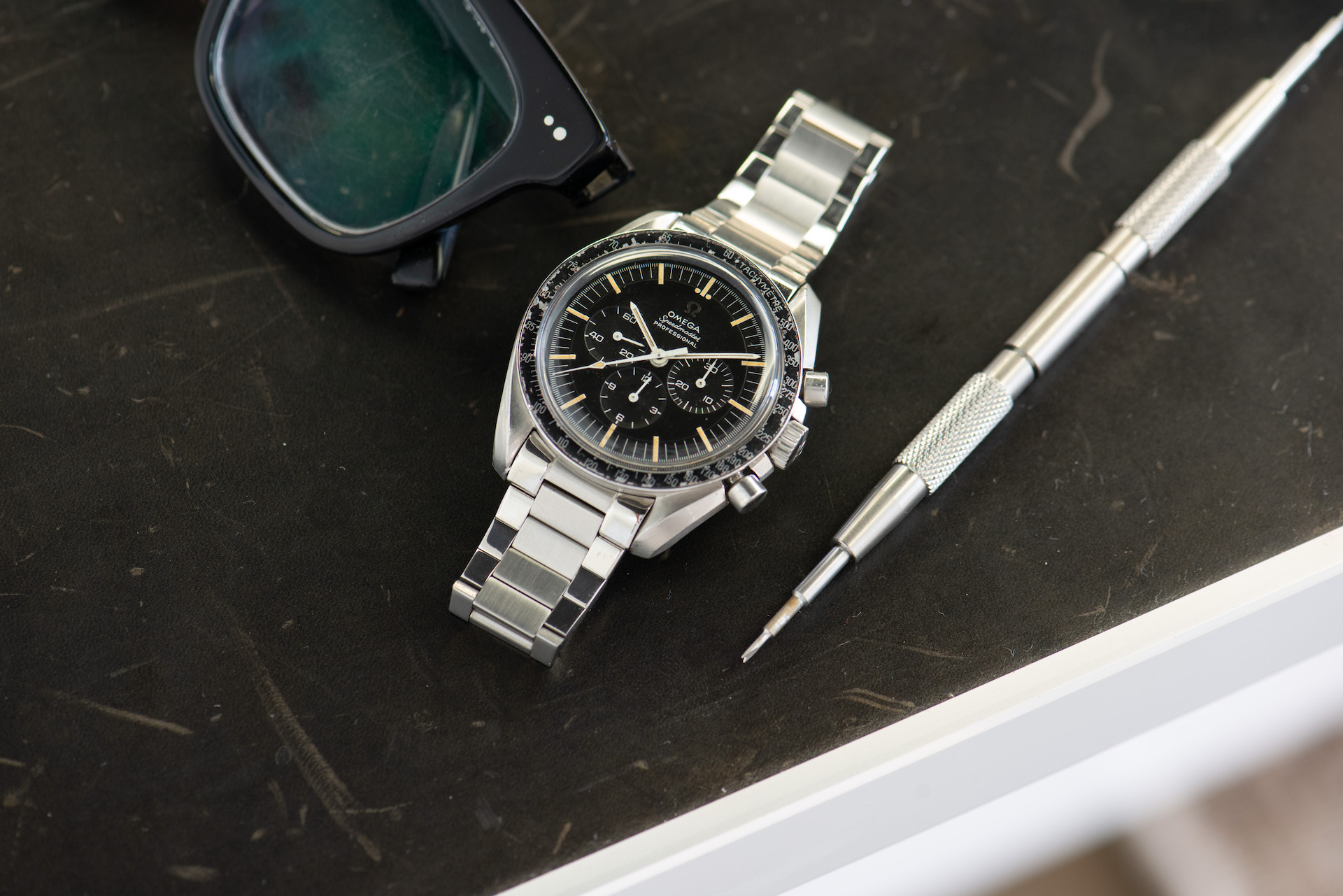
Virtually any new watches that Omega produces will inevitably be compared to the Speedmaster – even if only to discuss relative value within the brand’s current catalog. When the classic Moonwatch is priced below simple time-and-date versions of the Globemaster and Aqua Terra, it becomes difficult for Omega to introduce new models at increasingly higher prices when all of them will ultimately be compared to a $6k watch that’s regarded as the gold standard within the world of chronographs. To call the Moonwatch a glass ceiling for Omega may not be entirely accurate because the company successfully sells countless watches at prices that far exceed the value of the classic entry-level Speedmaster. However, it’s undeniable that the Moonwatch is Omega’s most famous model, and when it also happens to be one of the brand’s most affordable core offerings, it inevitably makes it slightly more difficult for Omega to move upmarket as a manufacturer. Perhaps it’s the brand’s Hesalite ceiling?

Check out 'Reference Tracks' our Spotify playlist. We’ll take you through what’s been spinning on the black circle at the C + T offices.

Never miss a watch. Get push notifications for new items and content as well as exclusive access to app only product launches.
Sign up for our newsletter to receive updates and exclusive offers